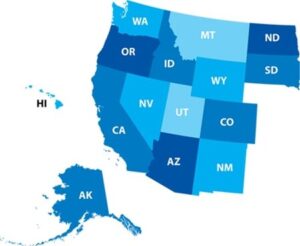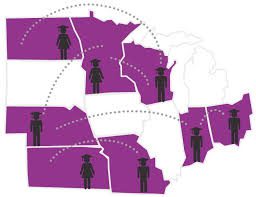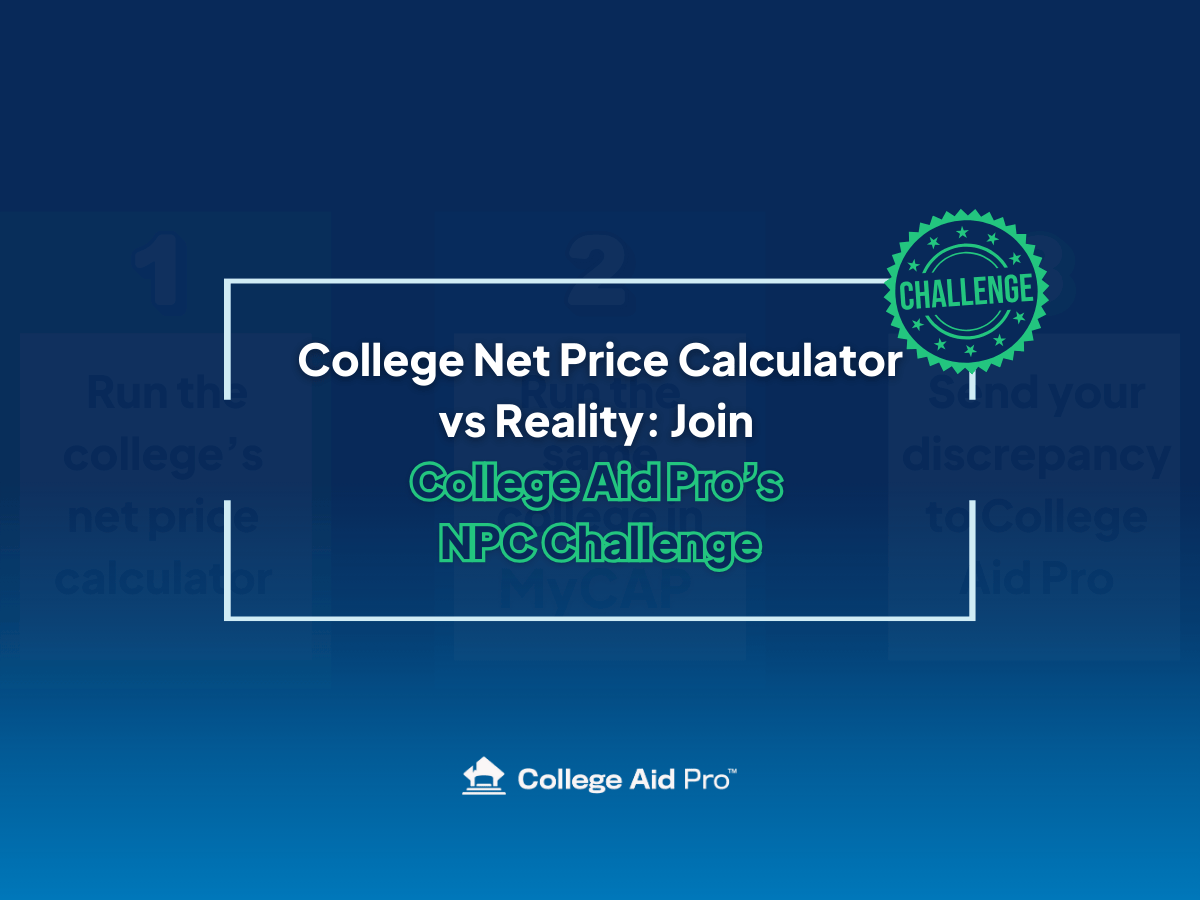Everything You Need to Know About Tuition Reciprocity
Cost of tuition is a major factor into many families’ final decision of where to go to college. Typically, in-state tuition is a much more economical route to go. With specialty majors or specific elite degree programs, your student might have their eye on an out-of-state program. And you might have your eye on the final price tag…
But, tuition reciprocity could allow your student to attend their dream school in a participating state while still getting a great deal on tuition.
Depending on which state you live in, the area of study or degree path your student is interested in, and a few other factors, your student may qualify for a tuition reciprocity agreement where they can get a discount on tuition as an out-of-stater. Some tuition reciprocity agreements allow students to pay the same as in-state students, which is a major savings for many families.
We’re sure you have a lot of questions, so let’s dive into tuition reciprocity agreements, how to know if your student qualifies for one, what states or programs participate in tuition reciprocity, and more.
What is tuition reciprocity?
Tuition reciprocity or tuition reciprocity agreements are when universities agree that, based on certain criteria, students in bordering or nearby states can attend the university for a discounted rate. Sometimes this even means your student can attend at the same rate as in-state tuition, but not always.
There are only certain states that cooperate with each other (more on that below), but generally it’s based on degree programs that other schools within certain boundaries do or don’t offer.
Tuition reciprocity agreements at public vs. private institutions
An out-of-state, private university may be a great option for your child based on the degree or programs available at that school, but tuition reciprocity agreements typically are only applicable for public institutions.
The few private schools that do recognize tuition reciprocity still only offer a slight discount and attending a public school will likely still be the most economical choice. These programs aim to provide more affordable higher education options for students and expand educational opportunities across state lines.
What kinds of tuition reciprocity agreements are available?
Not every state or program offers tuition reciprocity, and some tuition reciprocity agreements require specific criteria be met in order to qualify for the program. Keep reading to see some reciprocity programs that might be in your region and how your student could qualify for this amazing tuition-saving offer.
Academic Common Market
The Academic Common Market (ACM) is a tuition reciprocity program among 15 southern states in the United States. This program allows students to pursue specialized degree programs at out-of-state public institutions while paying in-state tuition rates.
- Participating states: Alabama, Arkansas, Delaware, Florida, Georgia, Kentucky, Louisiana, Maryland, Mississippi, Oklahoma, South Carolina, Tennessee, Texas, Virginia, and West Virginia.
- Benefits: Pay in-state tuition for an out-of-state university.
- Requirements: Must be following a degree program not offered at a public university in your home state. This is often a highly specialized curriculum. Know if your student’s degree qualifies in the Academic Common Market search portal with more than 2,200 undergraduate and graduate degree programs throughout the 15 states.
Regional Contract Program
The Regional Contract Program is a tuition-savings program that allows qualified students pursuing professional health degrees to paying in-state tuition and reduced tuition at private colleges at participating out-of-state universities.
- Participating states: Arkansas, Delaware, Georgia, Kentucky, Louisiana, Mississippi, and South Carolina.
- Benefits: Pay in-state tuition for an out-of-state public university or a reduced-rate for private institutions.
- Requirements: Your student must be pursuing a professional, specialized degree in dentistry, optometry, osteopathic medicine, podiatry, or veterinary medicine.
Western Undergraduate Exchange
The Western Undergraduate Exchange (WUE) is a tuition reciprocity program among western states in the United States.
- Participating states: Alaska, Arizona, California, Colorado, Hawai’i, Idaho, Montana, Nevada, New Mexico, North Dakota, Oregon, South Dakota, U.S. Pacific Territories & Freely Associated States, Utah, Washington, and Wyoming.
- Benefits: Out-of-state students pay no more than 150% of in-state tuition at a partner institution. Although 150% can still seem steep, out-of-state tuition can sometimes go upwards of 300% of in-state tuition cost.
- Requirements: There are specific majors and degree programs that qualify for this offer, so check the Western Undergraduate Exchange Savings Finder to see if your child’s degree path qualifies.
New England Regional Student Program
The Regional Student Program (RSP) also known as the New England Regional Student Program allows New England residents to enroll in designated out-of-state public colleges and universities at a reduced tuition rate, provided that their chosen major is not available at any public institution in their home state.
- Participating states: Connecticut, Maine, Massachusetts, New Hampshire, Rhode Island, and Vermont.
- Benefits: Students receive a discounted rate for attending an out-of-state institution. According to the New England Board of Higher Education, a full-time student will receive an average annual tuition break of $8,600.
- Requirements: Eligibility varies from university to university, but the program is applicable in all fields of study with many of them being in highly specialized or high-demand programs. Check your student’s eligibility at this link.
Midwest Student Exchange
The Midwest Student Exchange Program (MSEP) is a tuition reciprocity program that allows students from the participating states to attend out-of-state public institutions at reduced tuition rates.
- Participating states: Indiana, Kansas, Minnesota, Missouri, Nebraska, North Dakota, Ohio, and Wisconsin. Currently Illinois, Iowa, Michigan, and South Dakota do not participate.
- Benefits: Out-of-state students pay no more than 150% of in-state tuition at a public partner institution OR those attending a private institution will receive a 10% reduction on their tuition rates. Again, 150% may still seem like a lot, but it’s important to remember out-of-state tuition can sometimes go upwards of 300% of in-state tuition cost.
- Requirements: Final decisions are made at the receiving campus’s discretion. Call the university administration office and find the Midwest Student Exchange Program point of contact to learn more about enrolling in the program.
How to know if your student qualifies for tuition reciprocity?
The best way to know if your student qualifies for tuition reciprocity is to call the admissions office at the school they’d like to attend. Admissions staff will have all the ins and outs on different reciprocity offers, what programs are available, and any additional deadlines or requirements your student will need to complete.
Overall, tuition reciprocity is a great option for students wanting to look at an out-of-state university without having to stomach the price tag. Often specialized or specific degree programs may only be offered in another state, and not having to pay the full out-of-state cost can be a major cost-savings for your student.
Curious if any schools on your list will give you tuition reciprocity? Use our MyCAP software to see! Create your account here.








